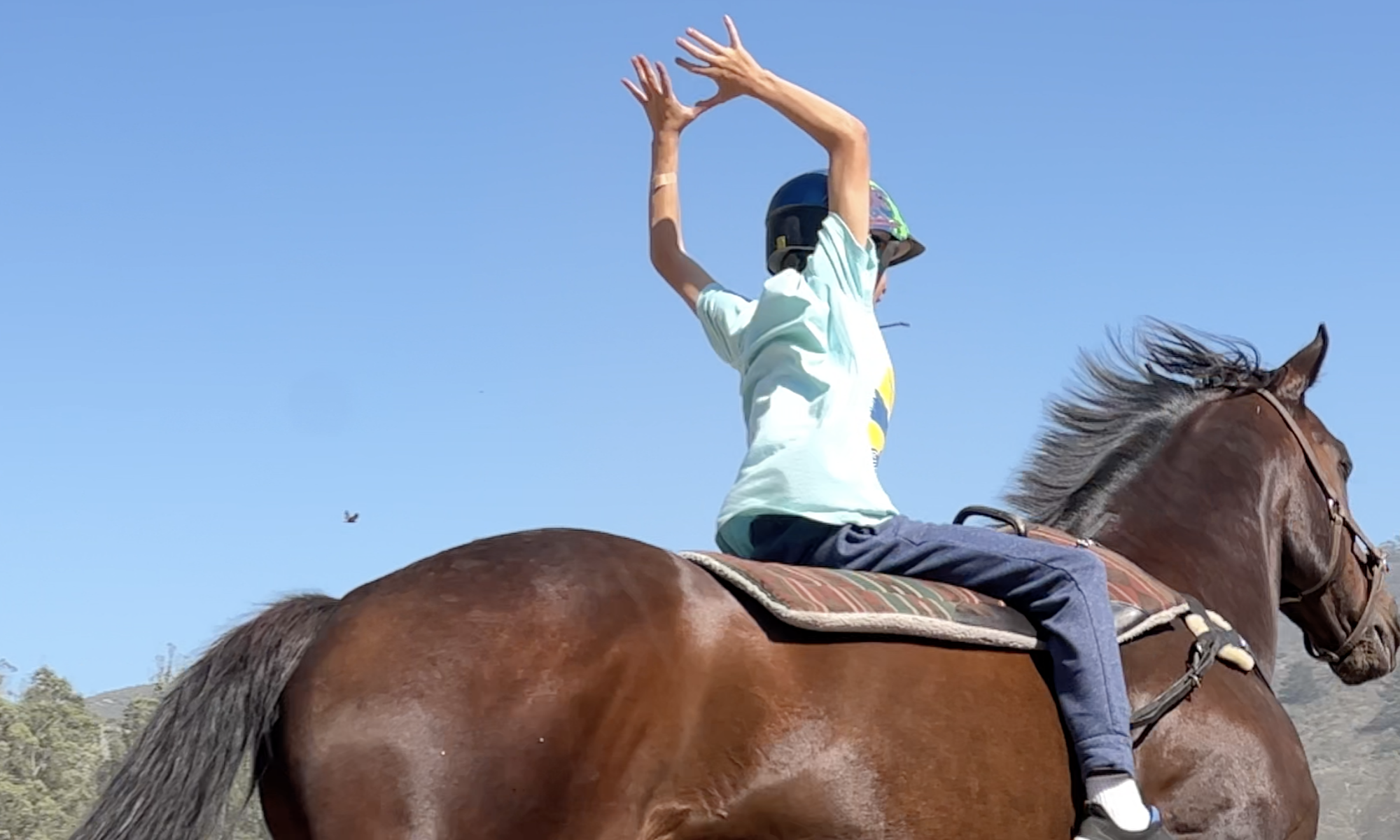Join us for a very special evening. Rescued Hearts documentary film is unforgettable. Sunday, July 13 at 2:30pm – at the historic Sebastiani Theater in Sonoma. Tickets are $35

Through the generosity of Kaiser Permanente and The Scholars Academy, we are able to bring this film to you at the historic Sebastiani Theater on Sunday, July 13, at 2:30pm. Meet the filmmakers Dana Croshere and Krisanna Sexton and learn about exciting news for Square Peg Foundation.
Tickets are selling FAST – so get yours here: https://www.sebastianitheatre.org/music/2025/5/12/937jx1rm8pczp3ka2x74phy988lsjy








